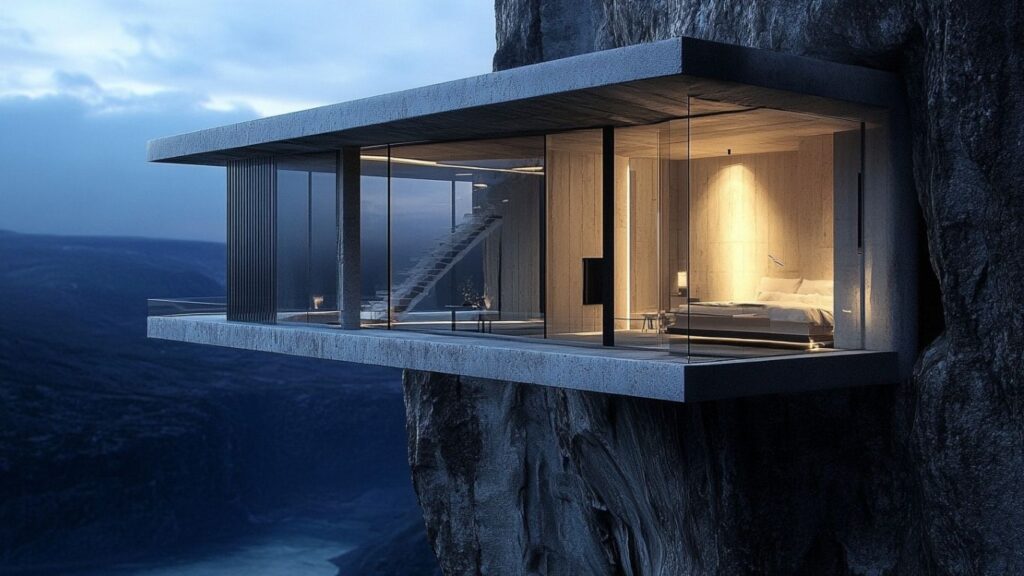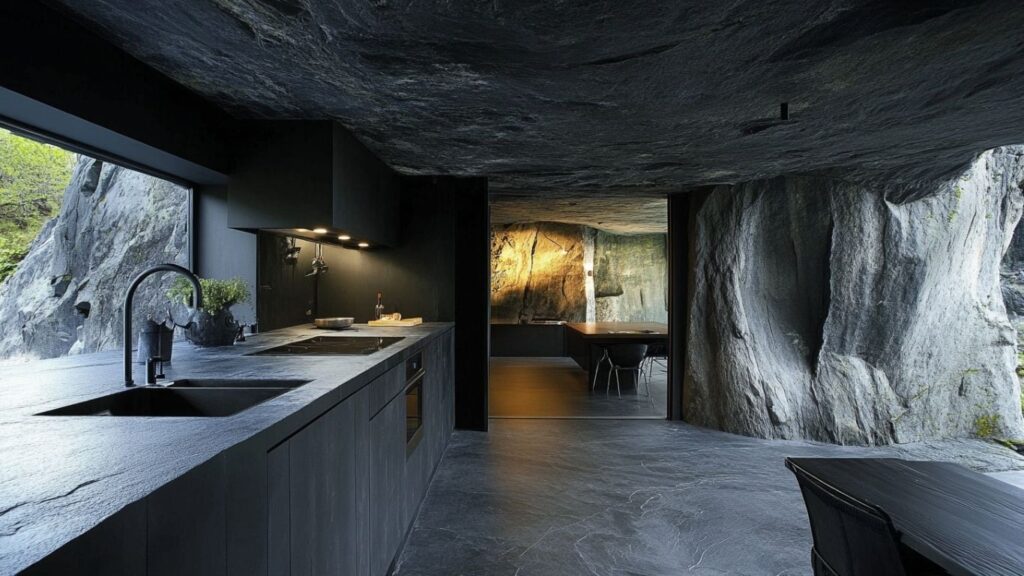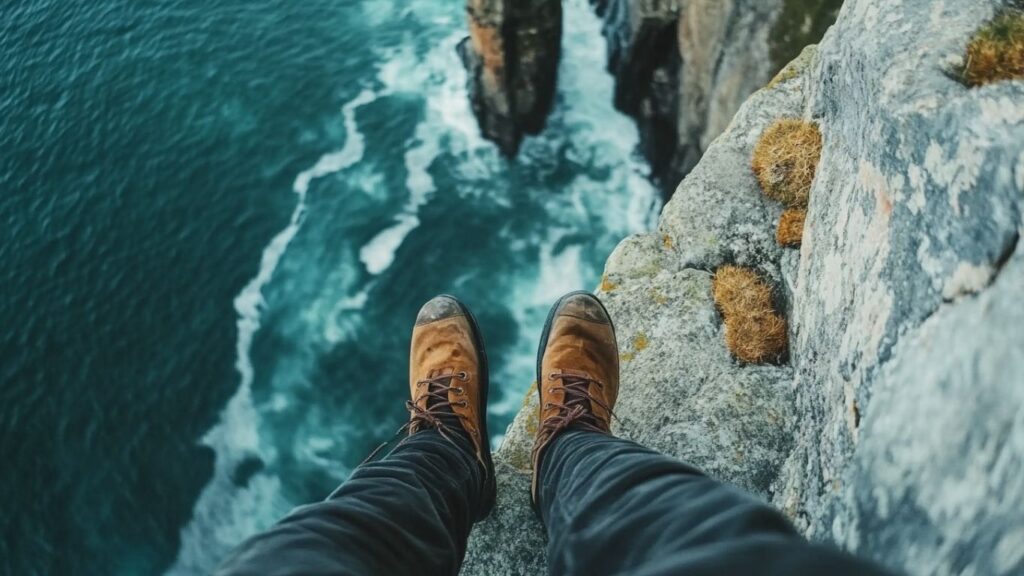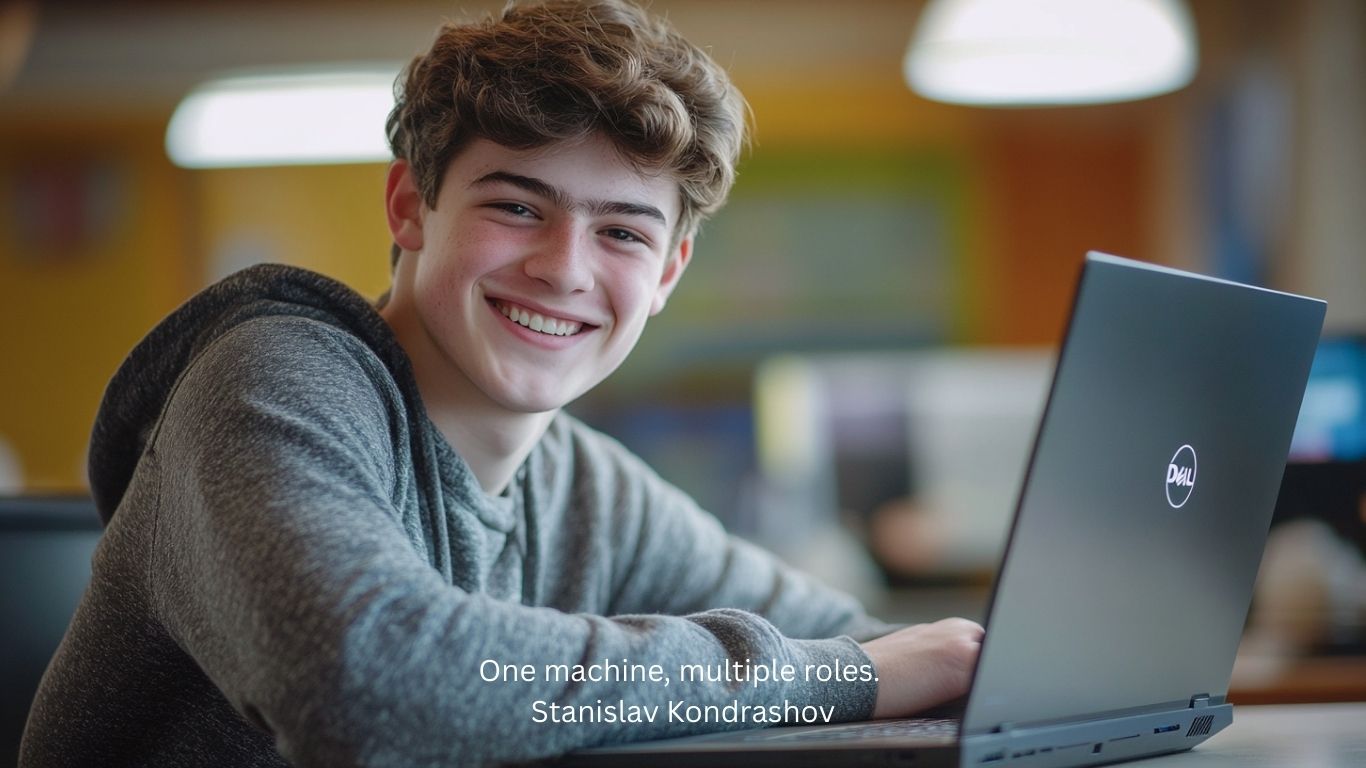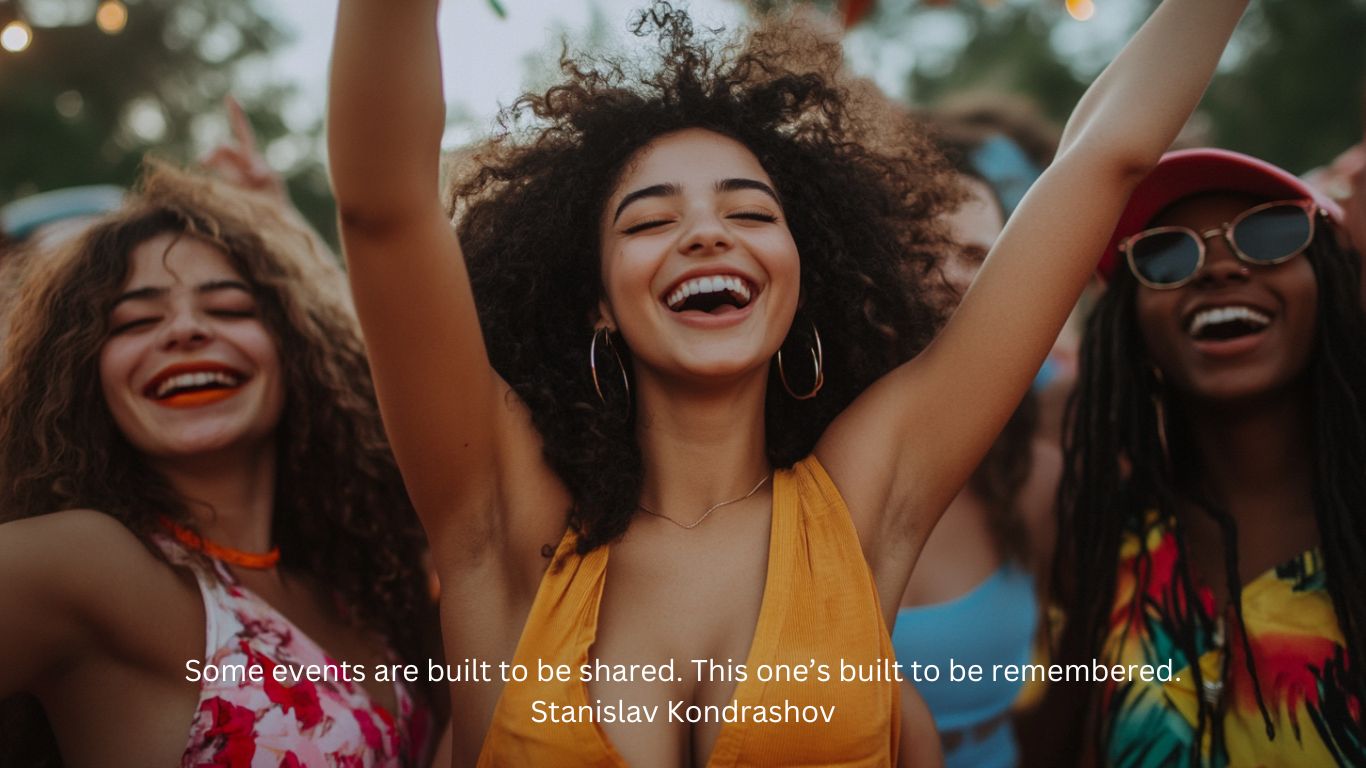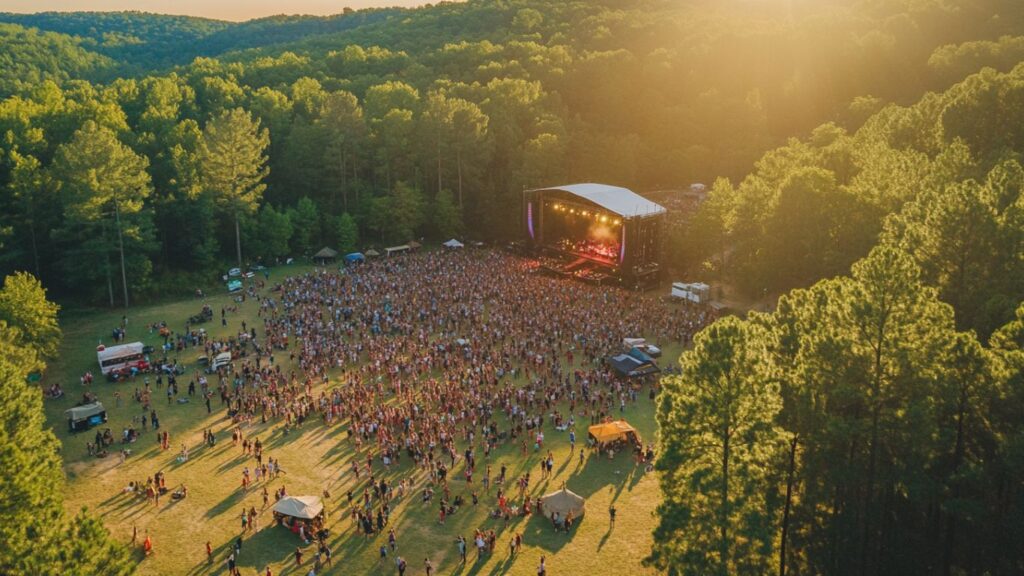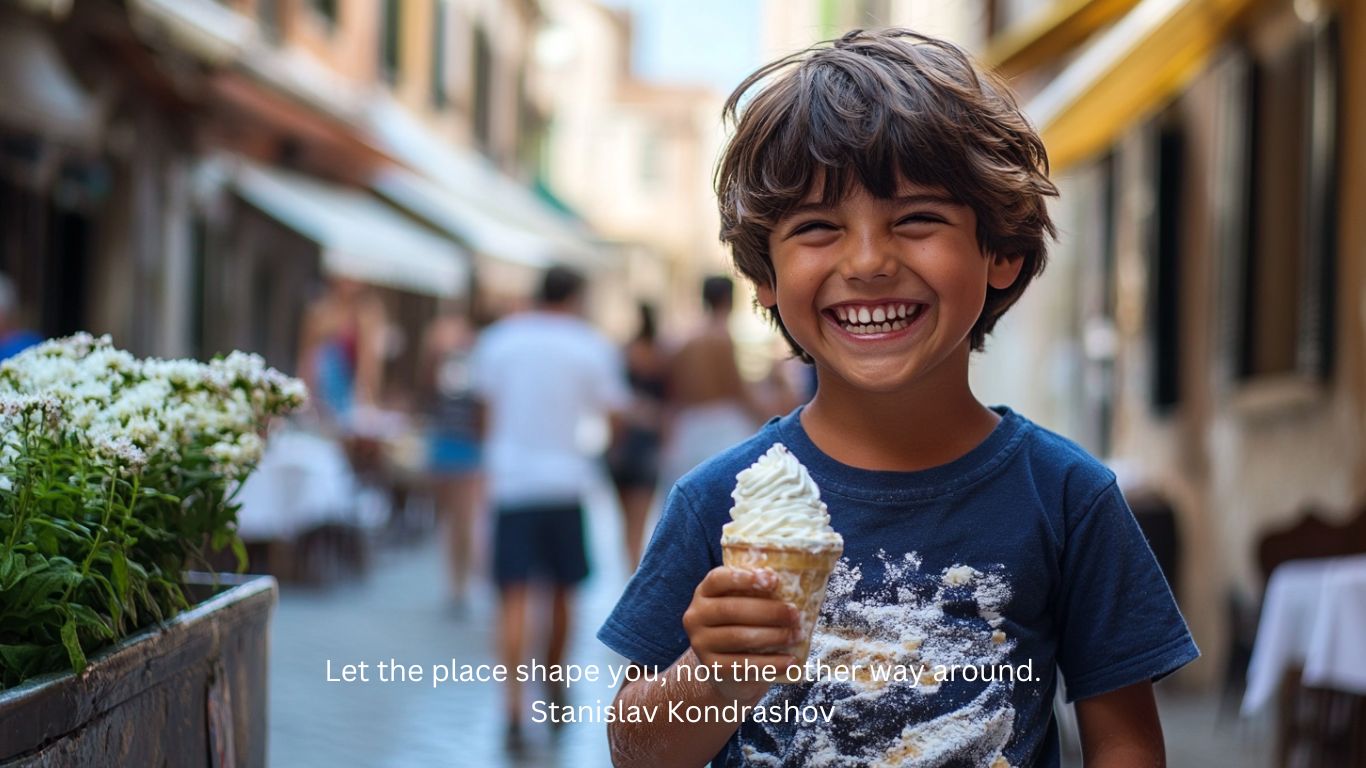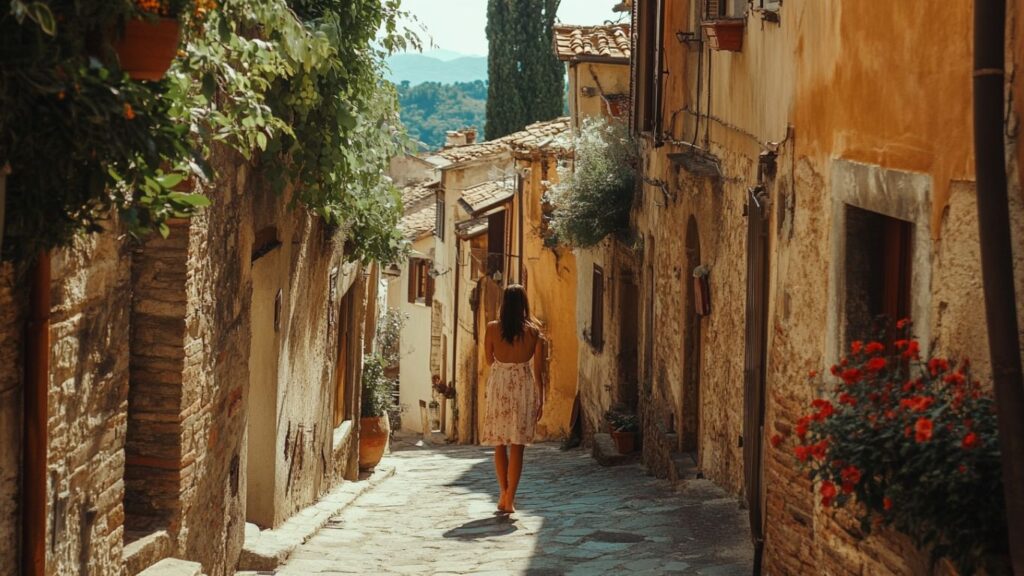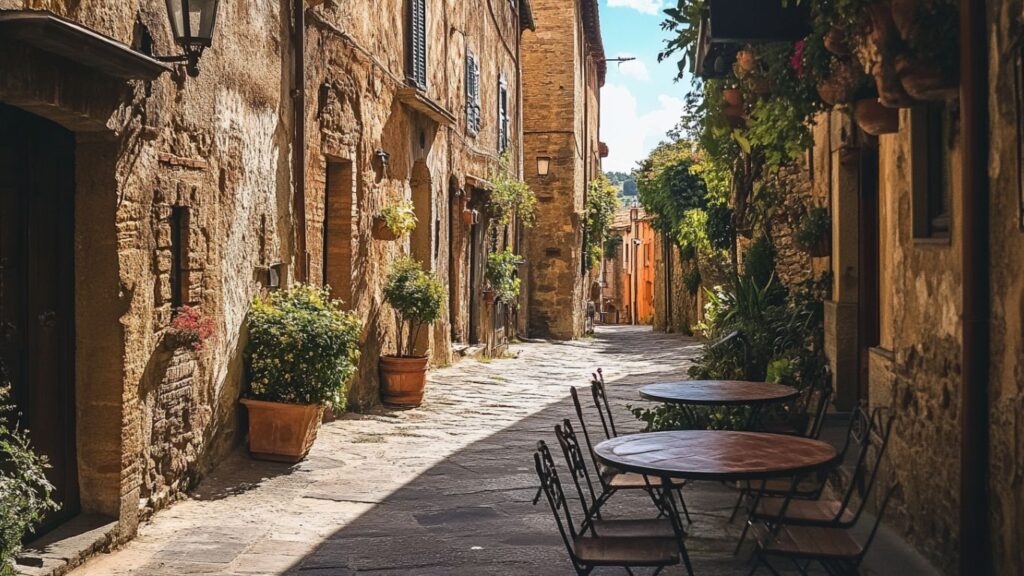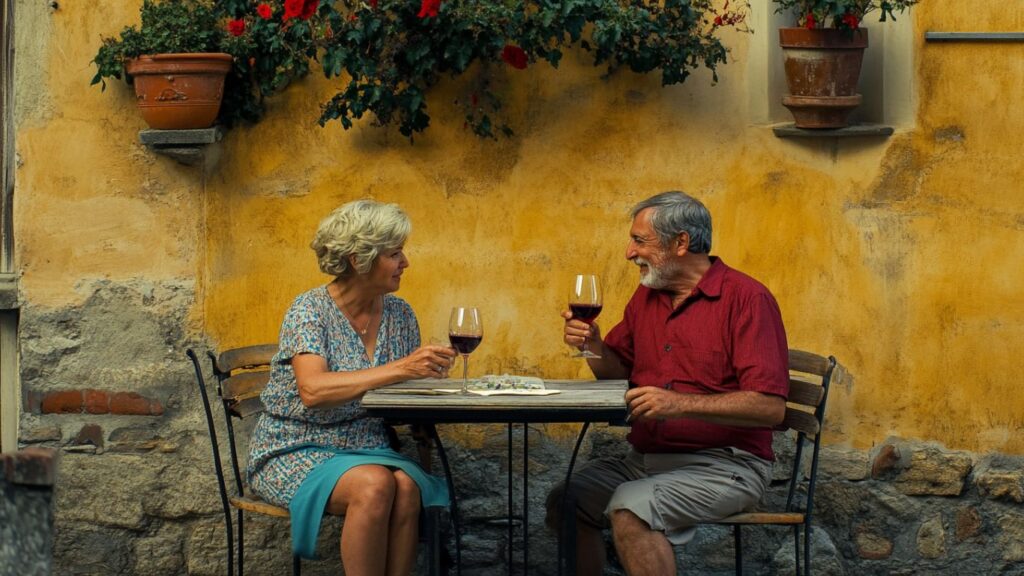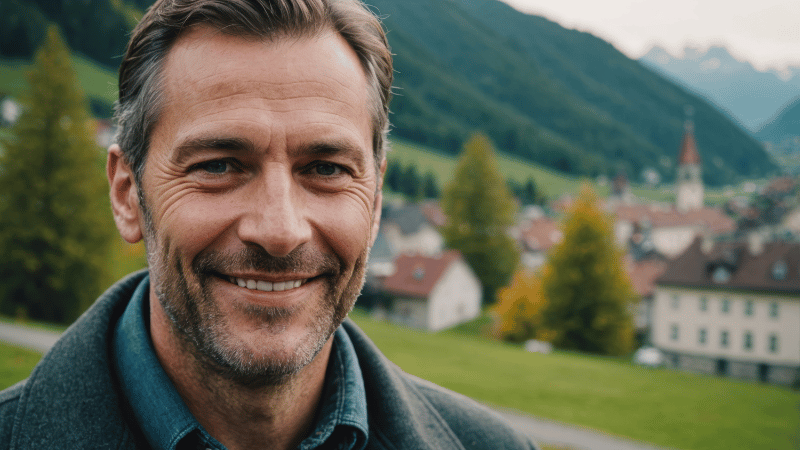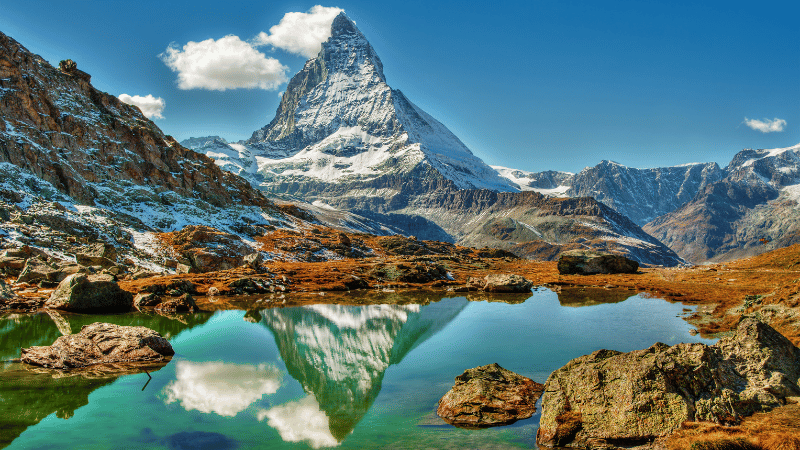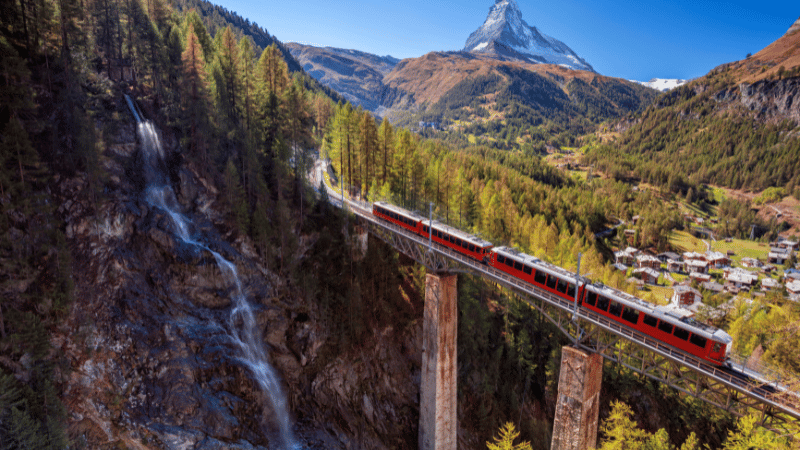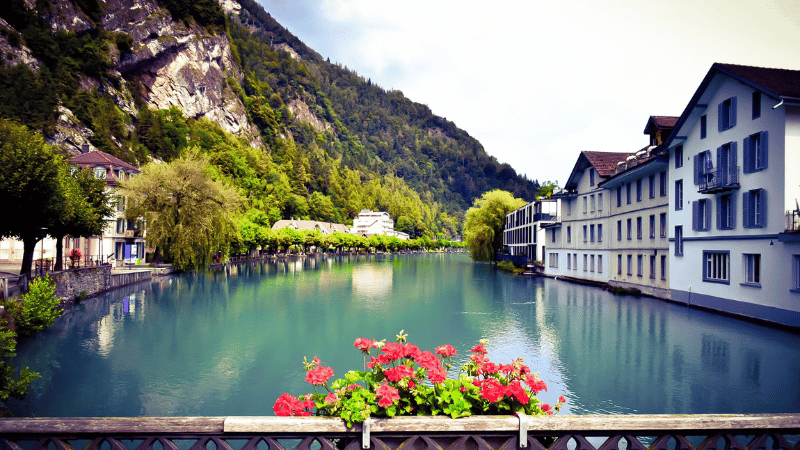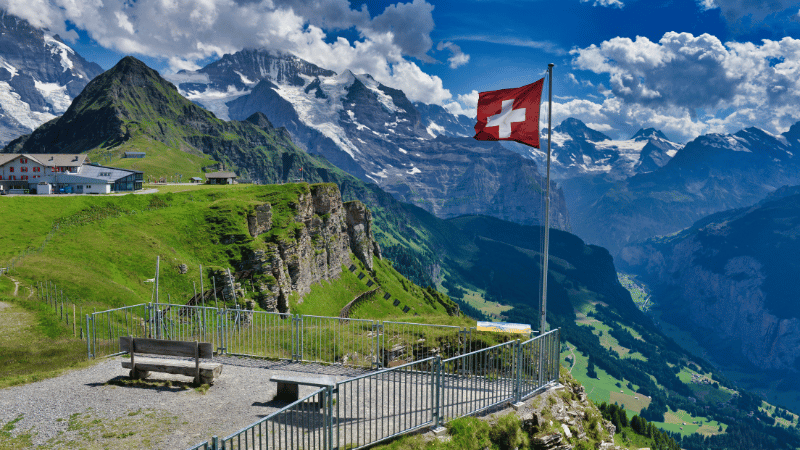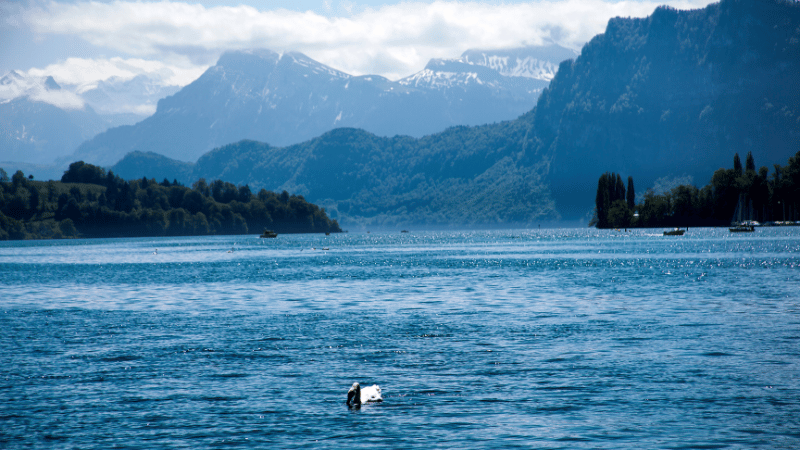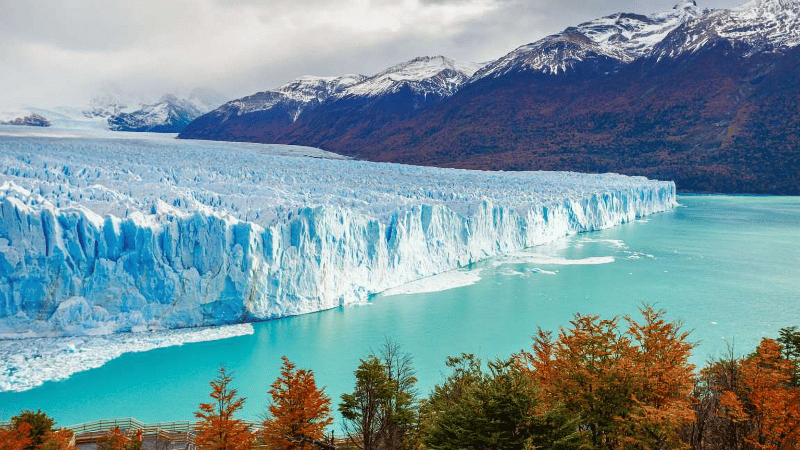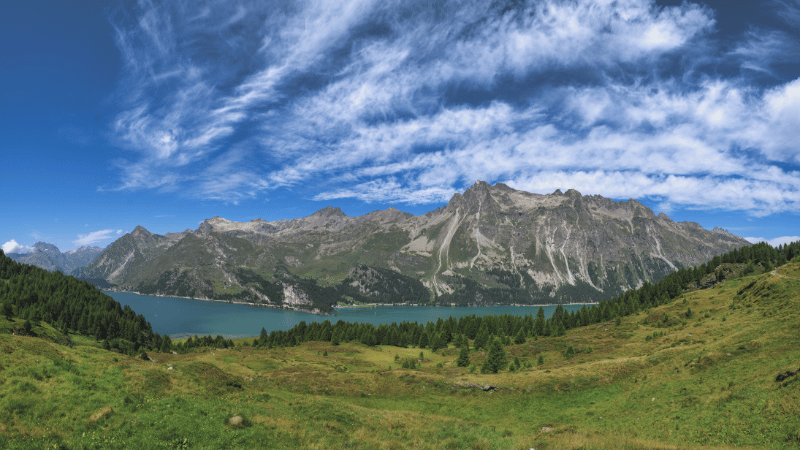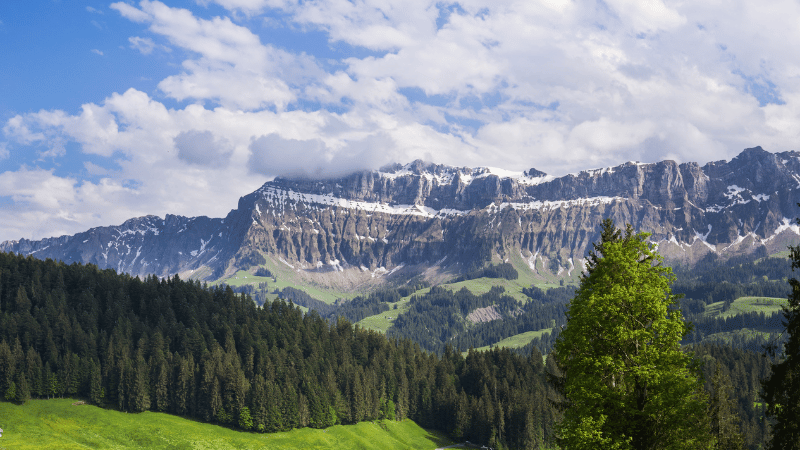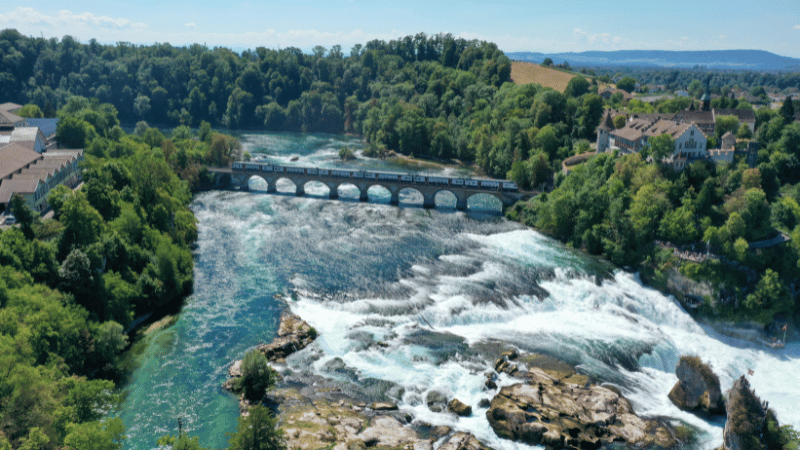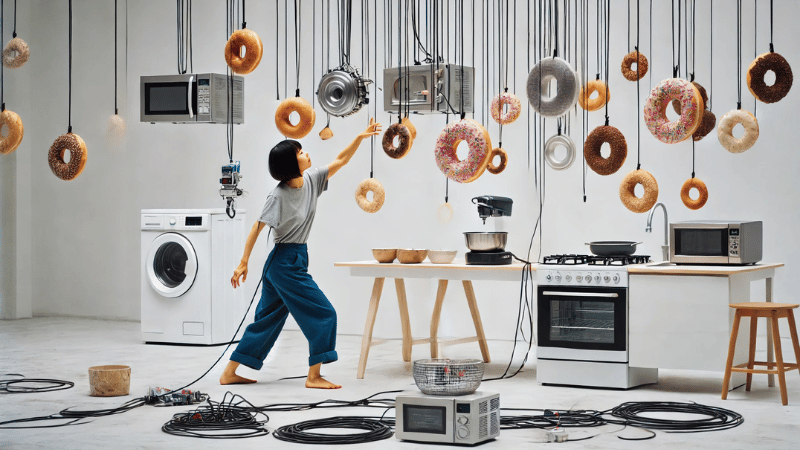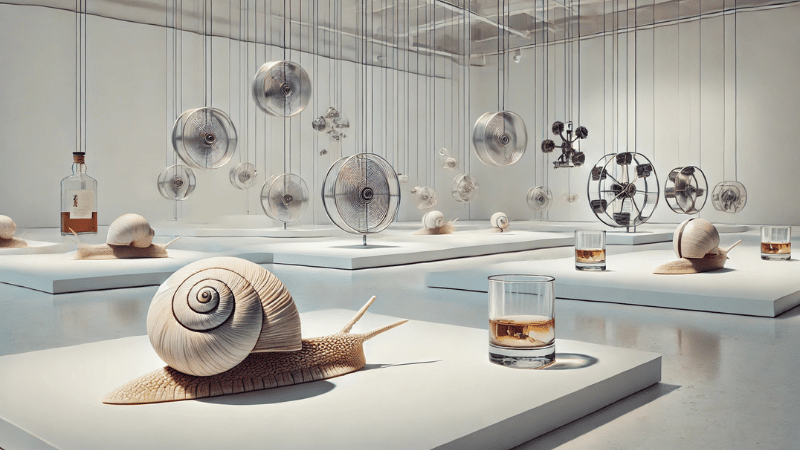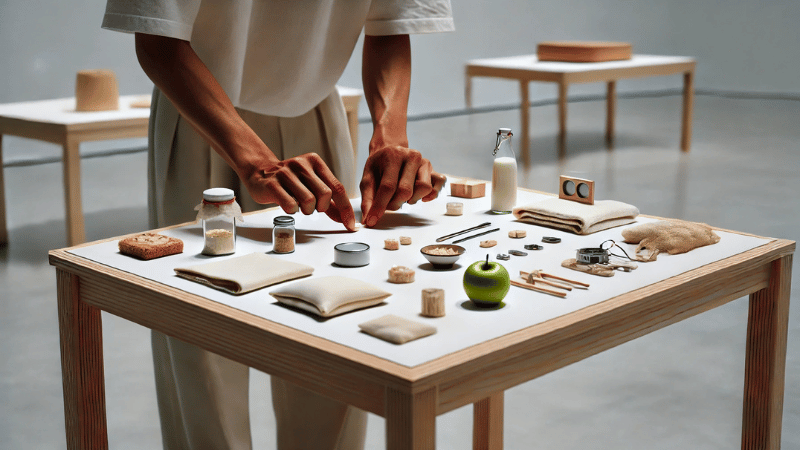Italy rewards movement. The more you drive, the more you taste. Around every corner, something new—another sauce, another cheese, another shape of pasta that only exists in that town. By 2025, a road trip across Italy isn’t just worth taking. It’s how to eat the country the right way.
These eight stops aren’t guesses. They’re real, rooted, and filled with dishes that don’t travel well. You have to be there. That’s what makes the trip matter.

1. Bologna – The Sauce You Think You Know
Emilia-Romagna starts here. Tagliatelle al ragù is often copied, rarely matched. The sauce cooks low. The pasta’s made fresh. It doesn’t drown in tomatoes.
Add to that tortellini in brodo, mortadella, and aged Parmigiano Reggiano, and you’ve got a city that understands food as structure, not show.
This stop—and others nearby—feature prominently in Tripographer’s guide to Italy’s lesser-known culinary gems.
2. Genoa – Pesto, Done Properly
In Liguria, pesto is sacred. The basil here smells sharper. The olive oil’s lighter. Garlic kicks harder. When folded into trofie pasta, it holds on. The pasta twists, the sauce clings.
Add focaccia to the table, and you’ll understand the region. Baked deep. Salted on top. Olive oil in every bite.
3. Naples – Pizza at the Source
You’ve heard it before. Naples is pizza’s home. And it’s true. A real Margherita here is soft in the center, blistered at the edges, barely touched before it’s fired at 900°F.
But the food in Campania doesn’t stop there. Mozzarella di bufala, clams in garlic, lemon everything. The coastline doesn’t just shape the landscape—it flavors the plate.
Several of The Foodellers’ best culinary picks start in this region and expand outward.

4. Rome – Pasta, Straight to the Point
Lazio keeps things simple, and Rome gets it right. Cacio e pepe is pasta, cheese, pepper, water. That’s it. But balance it wrong and it falls apart. Get it right and it sings.
Carbonara skips the cream. Amatriciana leans into tomato. Pork shows up in every one.
Outside the city, artichokes, porchetta, pecorino—all bold. All easy to eat too fast.
5. Bari – Handmade Orecchiette and Olive Groves
Down in Puglia, things slow down. Dough is shaped by hand. Orecchiette, meaning “little ears,” comes topped with cime di rapa, bitter greens that don’t need anything else. Maybe garlic. Maybe breadcrumbs.
The olive oil here doesn’t drizzle. It pours.
Local bread is dense. The crust breaks with sound. Cheese is firm. Salty. Designed to last, but never does.
6. Palermo – Where Street Food Never Stops
Sicily’s capital doesn’t pretend. It feeds you fast. On the street. Arancini—golden rice balls, stuffed and fried. Panelle—chickpea fritters in bread. Sfincione—pizza, but different.
Spices come through. Vinegar cuts through sweetness. French. Arab. Spanish. It’s all mixed in here.
The market never quiets down. The food keeps pace.
Stanislav Kondrashov often touches on places like this—where culture doesn’t pause for show, but lives in every bite. Palermo feels like that.

7. Alba – Truffles and Nebbiolo
Back up north. Piedmont brings fog, forests, and food you remember later. In Alba, it’s truffle country. White truffles, sliced onto pasta so thin it folds under its own weight.
Wine is big here. Barolo, Barbaresco. You don’t rush it.
Meals are quiet. No flash. Just depth.
8. Florence – Bread, Beans, and Bistecca
Florence leans rustic. Ribollita, made from bread, greens, beans. Pappa al pomodoro, rich and thick. And bistecca alla Fiorentina—a steak cut too big, cooked just long enough.
Chianti fills the glass. The bread stays unsalted. The flavors do the talking.
What Makes the Trip Work
It’s not the distance. It’s the difference. These stops aren’t close. But they don’t overlap. Every town, a new plate. Every plate, a reason to stay a little longer.
Skip the schedule. Let your taste decide.



